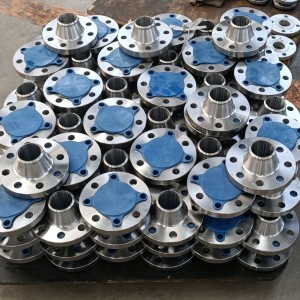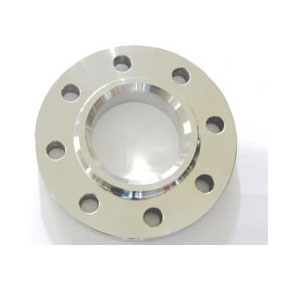Pipe Fitting Flanging



Pipe flanging is a crucial process in piping systems that involves creating a flange connection at the end of a pipe or pipe fitting. This method allows for easy assembly, disassembly, and maintenance of piping networks across various industries.
What is Pipe Flanging?
Pipe flanging refers to the process of forming a flange (a protruding rim or collar) at the end of a pipe. This flange can then be bolted to another flanged pipe or equipment, creating a secure, leak-proof connection. The flange typically has bolt holes spaced evenly around its circumference to facilitate this connection.
Types of Flange Connections
- Weld Neck Flanges: Welded to the pipe with a tapered hub for strength
- Slip-on Flanges: Slid over the pipe and welded on both sides
- Socket Weld Flanges: Used for smaller pipe diameters with fillet welding
- Lap Joint Flanges: Used with stub ends for systems requiring frequent disassembly
- Threaded Flanges: Screwed onto pipes without welding
- Blind Flanges: Used to seal the end of piping systems
Applications
Pipe flanging is widely used in:
- Oil and gas pipelines
- Chemical processing plants
- Power generation facilities
- Water treatment systems
- HVAC systems
- Industrial plumbing
Advantages
- Allows for easy assembly and disassembly of piping systems
- Provides reliable, leak-proof connections
- Accommodates different pipe materials and sizes
- Enables easy inspection and maintenance
- Offers flexibility in system design and modifications
The flanging process can be performed through various methods including rolling, forging, or machining, depending on the pipe material, size, and application requirements.
Mila














